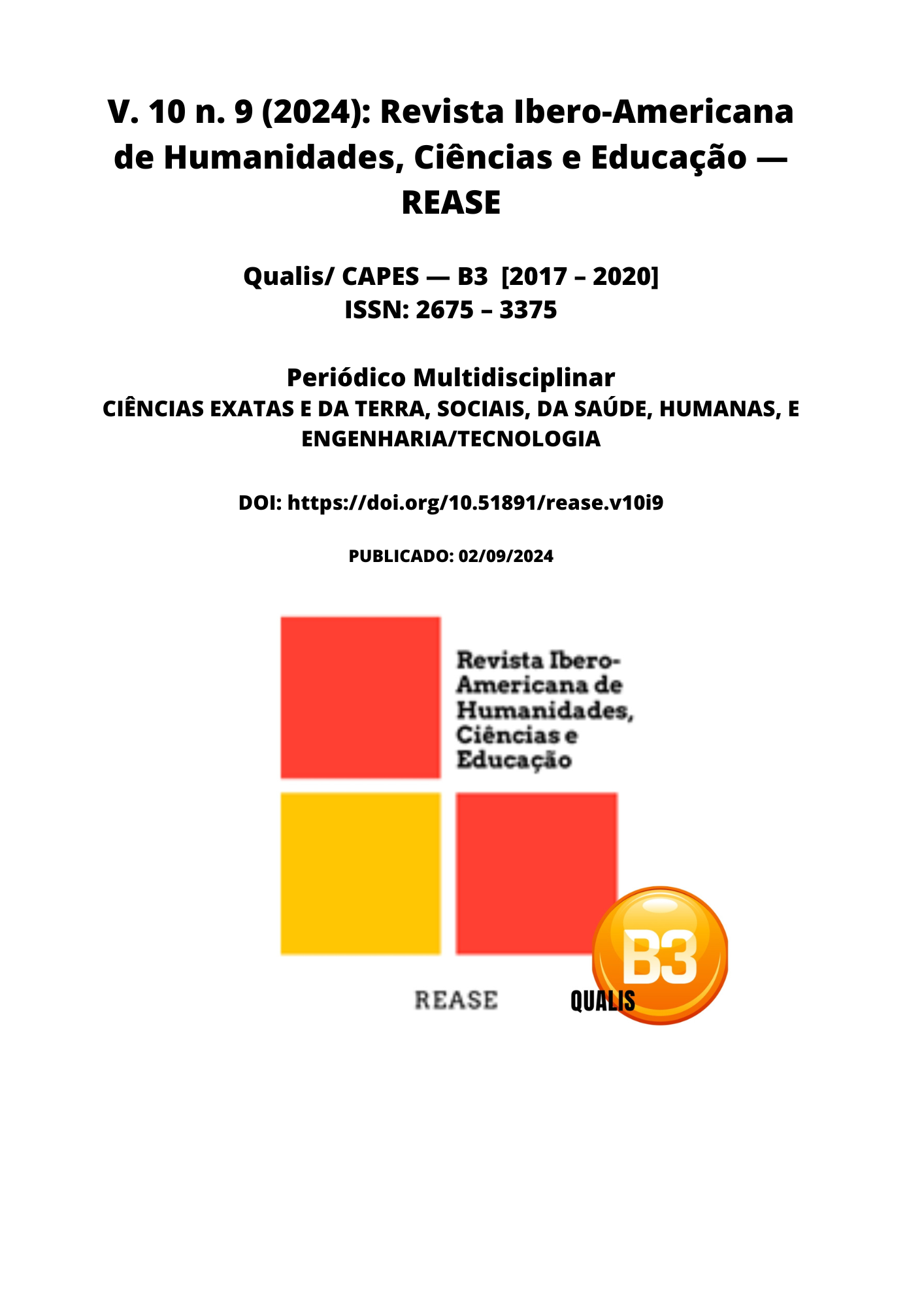OPHTHALMOLOGICAL AND SURGICAL APPROACH TO THE TREATMENT OF DIABETIC RETINOPATHY IN PREGNANT WOMEN WITH GESTATIONAL DIABETES
DOI:
https://doi.org/10.51891/rease.v10i9.15897Keywords:
Diabetic retinopathy. Gestational diabetes. Pregnant women. Ophthalmological approach. Surgical treatment.Abstract
Introduction: Diabetic retinopathy is one of the most significant ocular complications in individuals with diabetes, including pregnant women with gestational diabetes. During pregnancy, physiological and metabolic changes can aggravate the ocular condition, increasing the risk of visual complications. The ophthalmological approach in this population is crucial, since adequate monitoring and treatment can prevent disease progression. Management may include clinical and surgical interventions, which vary according to the severity of the retinopathy, and it is essential to consider the particularities of pregnancy, such as hormonal changes and increased blood pressure. Objective: To analyze the ophthalmological and surgical approaches used in the treatment of diabetic retinopathy in pregnant women with gestational diabetes. Methodology: The research followed the PRISMA checklist guidelines, using the PubMed, Scielo and Web of Science databases. Five descriptors were used: “diabetic retinopathy”, “gestational diabetes”, “pregnant women”, “ophthalmological approach” and “surgical treatment”. Inclusion criteria included articles published in the last 10 years, studies that specifically addressed the treatment of diabetic retinopathy in pregnant women, and research that presented relevant clinical data. Exclusion criteria considered studies that did not focus on pregnant women, non-systematic reviews, and articles in languages other than Portuguese, Spanish, and English. Results: The results indicated that strict ocular monitoring during pregnancy is essential for the early detection of diabetic retinopathy. Laser therapy was frequently highlighted as an effective intervention in advanced cases, reducing the risk of visual loss. In addition, studies highlighted the importance of multidisciplinary intervention, involving endocrinologists and ophthalmologists, to optimize glycemic control and minimize ocular complications. Conclusion: The ophthalmologic and surgical approach in the treatment of diabetic retinopathy in pregnant women with gestational diabetes proved to be essential for preserving vision. Early identification and appropriate treatment not only improved visual outcomes but also contributed to the general health of pregnant women. Collaboration between medical specialties has emerged as a key element in the successful management of this complex condition.
Downloads
Downloads
Published
How to Cite
Issue
Section
Categories
License
Atribuição CC BY

